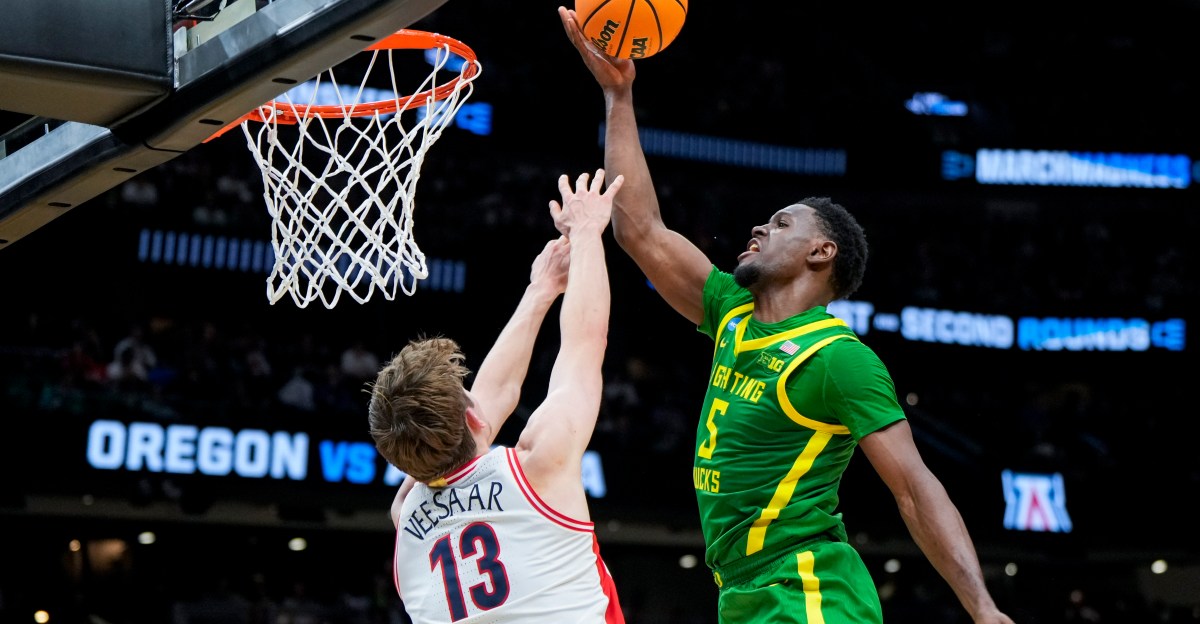Getting Loud: Lets Get Real on National Titles
College football has no shortage of passion, pageantry, and chaos. For much of the sport’s history, national champions were crowned by polls, computers, and committees, with little agreement and even less transparency. But 1973 marked a turning point. That year, the NCAA introduced scholarship limits for football programs, capping rosters and leveling the playing field in a meaningful way. Since then, championships have been harder-earned and, ideally, more equitable.
But not all titles are created equal.
This article takes a closer look at every national championship since 1973 through a stricter lens, counting only those won under the scholarship cap and excluding any claimed during seasons tarnished by NCAA violations or major controversy. The result is a cleaner list that reflects what many fans and analysts believe should count as true, untainted greatness.
And I’m about to get loud about it.
The Scholarship Limit Era Begins
Prior to 1973, college football operated in a free-for-all environment where powerhouse programs could stockpile talent endlessly. That changed when the NCAA capped football scholarships at 105 in response to Title IX. Limits were later reduced to 95 in 1978 and eventually to 85, where they remain today. These rules dramatically reshaped recruiting and roster management, offering smaller programs a more level playing field.
Champions I Don’t Count
To preserve the integrity of this modern list, several titles have been excluded or flagged:
- Michigan (2023): Although undefeated, Michigan’s title is overshadowed by a staff-led sign-stealing scandal involving Connor Stalions. The investigation led to resignations and dismissals during or shortly after their championship run.
- USC (2004): The Trojans had to vacate their BCS title after revelations that Heisman winner Reggie Bush received improper benefits, violating NCAA rules.
- Colorado (1990): The Buffaloes benefited from a notorious “Fifth Down” mistake to defeat Missouri, one of the most controversial officiating blunders in history. Their title was also split with Georgia Tech.
- SMU (1981–1982): SMU’s early-80s rise came during a period that later earned them the NCAA’s “death penalty” for widespread rule violations involving illicit payments to players.
- Miami (2001 and others): While Miami was dominant, multiple waves of NCAA infractions, from Pell Grant fraud in the ’90s to booster-related scandals in the 2000s, cast a long shadow over their titles.
Split Titles and Judgment Calls
Before the BCS and College Football Playoff aimed to bring order, national championships were often split between polls. Several deserve extra context:
- 1997 (Michigan/Nebraska): The Bowl Alliance didn’t include the Rose Bowl, meaning undefeated Michigan never got to face undefeated Nebraska. Voters were split—AP picked Michigan, coaches chose Nebraska.
- 2003 (LSU/USC): The BCS crowned LSU, but the AP voters went with USC. Both teams claim the title.
- 1991 (Miami/Washington) and 1990 (Colorado/Georgia Tech): These seasons ended with multiple undefeated or nearly undefeated teams, none of which faced each other, resulting in shared titles.
Controversy on the Field
Even in the absence of rule-breaking, some games were simply too messy to ignore:
- 2002 (Ohio State): Their overtime win over Miami in the Fiesta Bowl remains controversial due to a delayed and debated pass interference call in the end zone.
- 2000 (Florida State): The BCS computers chose FSU over Miami and Washington, despite head-to-head losses and arguably weaker résumés.
What This All Means
Fans may forever debate who truly earned the title of national champion in any given year. But by focusing on the post-scholarship limit era and excluding programs with documented misconduct, we can better appreciate the teams that rose to the top without controversy or advantage.
Programs like Alabama, Georgia, Clemson, Florida, and Ohio State stand out not just for their victories, but for how they achieved them: within the rules, against elite competition, and without the asterisks.
Championships by Team
8 – Alabama
3 – Oklahoma, Georgia, Florida, Miami
2 – Notre Dame, Ohio State, LSU, Clemson, Nebraska
1 – USC, BYU, Penn State, Texas, Tennessee, Auburn, Pittsburgh
Closing Thought
Championships are meant to be symbols of excellence. But when clouds of scandal, controversy, or committee confusion hang overhead, that excellence loses its shine. This list doesn’t claim to be perfect, but it does aim to honor what college football, at its best, is supposed to be: a fair fight.
Share this content:














Post Comment